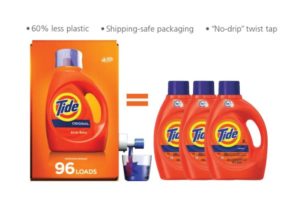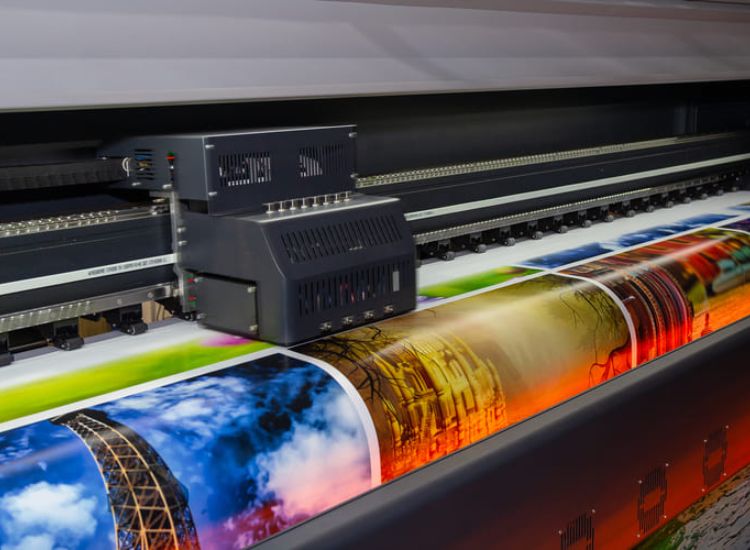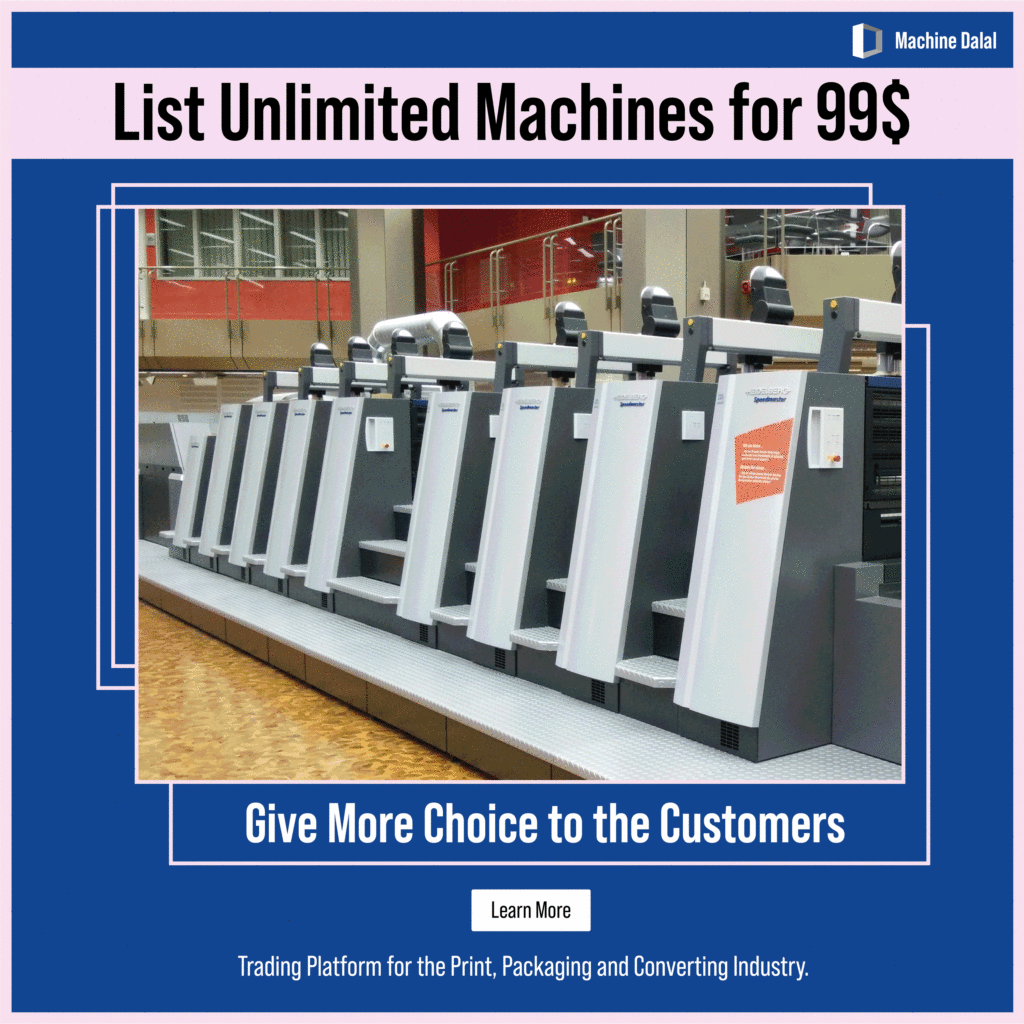The pandemic-induced business restrictions and resultant supply chain disruptions have dramatically transformed industries at large and caused a global paradigm shift towards digitalization en masse. Not only have they negatively affected conventional businesses but simultaneously catalysed a significant rise in the growth of D2C brands owing to changes in the buying habits of consumers and innovations in the digital space.
The D2C model enables manufacturers to handle the entire distribution channel from end-to-end with complete control and they are able to deliver a better brand experience. Moreover, by bypassing conventional retail distribution partners, they increase their margins as well as get immediate access to new selling opportunities for their products.
However, the transition is fraught with its own set of challenges. The business owners have to adopt a different mindset and planning approach in their bid to successfully engage consumers and deliver their products. Here, packaging plays a significant role when it comes to presenting your product in an appealing manner to grab the attention of customers.
All the same, packaging for the D2C business, particularly in food and beverages, poses a different set of challenges from the traditional one. It needs to be accommodating to more rigorous delivery criteria, set the brand apart from others and subsequently trigger a purchase as well. In addition, it must adhere to sustainable compliances as well as safely and hygienically transport products around the globe.
Unprecedented innovations in digital space have opened up whole new opportunities for digital printing in packaging. And to gain a competitive advantage D2C owners are harnessing innovation to engage directly with consumers, introduce better personalization using data and bring transparency throughout the supply chain.
Digital printing is allowing brand owners to tide over the challenges that have riddled the global market in recent times and simultaneously keep up with the ever-evolving consumer demands. Let’s dive in to know more about the benefits of digital printing packaging for D2C model of business.
Sustainable solutions
Spurred by the worldwide single-use plastic ban and increasing public scrutiny around packaging practices, more and more companies are favoring eco-friendly packaging to reduce their environmental impacts and add to their green credentials. Danone, for example, has committed to ensuring all packaging will be 100% recyclable, reusable or compostable by 2025. However, D2C owners must consider that just selecting sustainable packaging material is not enough, printing inks need to be assessed as well for making good on their sustainable promises.
For brand owners, the decision to improve sustainability in packaging has often involved a trade-off between increased cost and the brand equity they can accrue with environmentally conscious consumers. But when it comes to designing packaging for a D2C channel, that trade-off may be far less difficult because there are more factors that enter into the overall cost of ecommerce packaging. For instance, if the sustainable material is lighter than the traditional material, it can save shipping costs even if the material itself is more expensive. This was the case with Procter & Gamble’s recently launched Tide Eco Box, designed for the ecommerce market. The packaging for this concentrated liquid detergent uses 60% less plastic and is 4 pounds lighter than the comparable bottle version found in retail stores.

Personalized possibilities
Digital print packaging is beginning to play an important role in customer engagement. It enables D2C businesses to make shorter runs with custom designs for limited-time offers (LTOs), seasons, regions and campaigns. It provides flexibility and agility to make personalization possible for any packaging.
Personalized packaging is gaining significance among the majority of brand owners, agencies, suppliers and other industry professionals for boosting sales. It increases customer engagement, raises brand awareness, and positively affects customer loyalty.
Personalized packaging helps D2C brand owners in building stronger customer profiles and databases. For instance, Coca-Cola labels invite consumers to submit names on its site for #ShareaCoke consideration. The #pepsiMoji program incorporates a stand-alone mobile app. Similarly, Lay’s, M&Ms, Oreo and other brands put interactive package design tools or contests online, each with forms to complete.
They must employ a combination of digital printing technology and data to design packaging that provides a tailored customer experience to the customer.
Manufacturers are now able to get closer to their customers and engage at a more personal level thanks to advances in product customization. Businesses are quickly realizing that in a rapidly changing marketplace, the need for agility as a brand is an essential component in generating more sales and satisfying customers.
Dynamic and agile
Digital printing offers more flexibility for D2C in scheduling shorter runs to accommodate customer deadlines. For large production runs, analog printing remains cost-effective. But with the need to bring the product to the market at the earliest and ever-changing regulatory compliances, industry, especially healthcare, pharma and the food industry must replace the big quarterly order with multiple short runs. It results in making these sectors more versatile than before and meeting their sustainable goals at the same time.
However, the relatively high cost of digital printing has been a significant barrier to its wider use in packaging. Yeah, it’s a fact that it can be more expensive in comparison to analogue methods, but at the same time, one cannot overlook the end-to-end cost benefits it brings to the business. It allows them to increase their overall production volumes and reduction in production timeline which further helps in getting products to the consumer faster than with analogue.
A new frontier
Brands around the world are looking to shorten time cycles, reduce their carbon footprints and stand out amidst an already saturated market as best they can. Digital print packaging provides D2C brands with sustainable solutions to gain a competitive edge in the market. It gives them the ability to better respond to consumer demands, improve customer engagement, and get relevant results for their business.
As the advantages stack up, and more companies are opting for the transition, digital printing increasingly seems to be the future of packaging production.
Machine Dalal is a foremost platform for the print, packaging and converting industry professional to connect directly with each other, conveniently interact and trade their machines anytime and anywhere in the world.
Visit the Machine Dalal website or simply download our app onto your Android or iOS smartphone.




